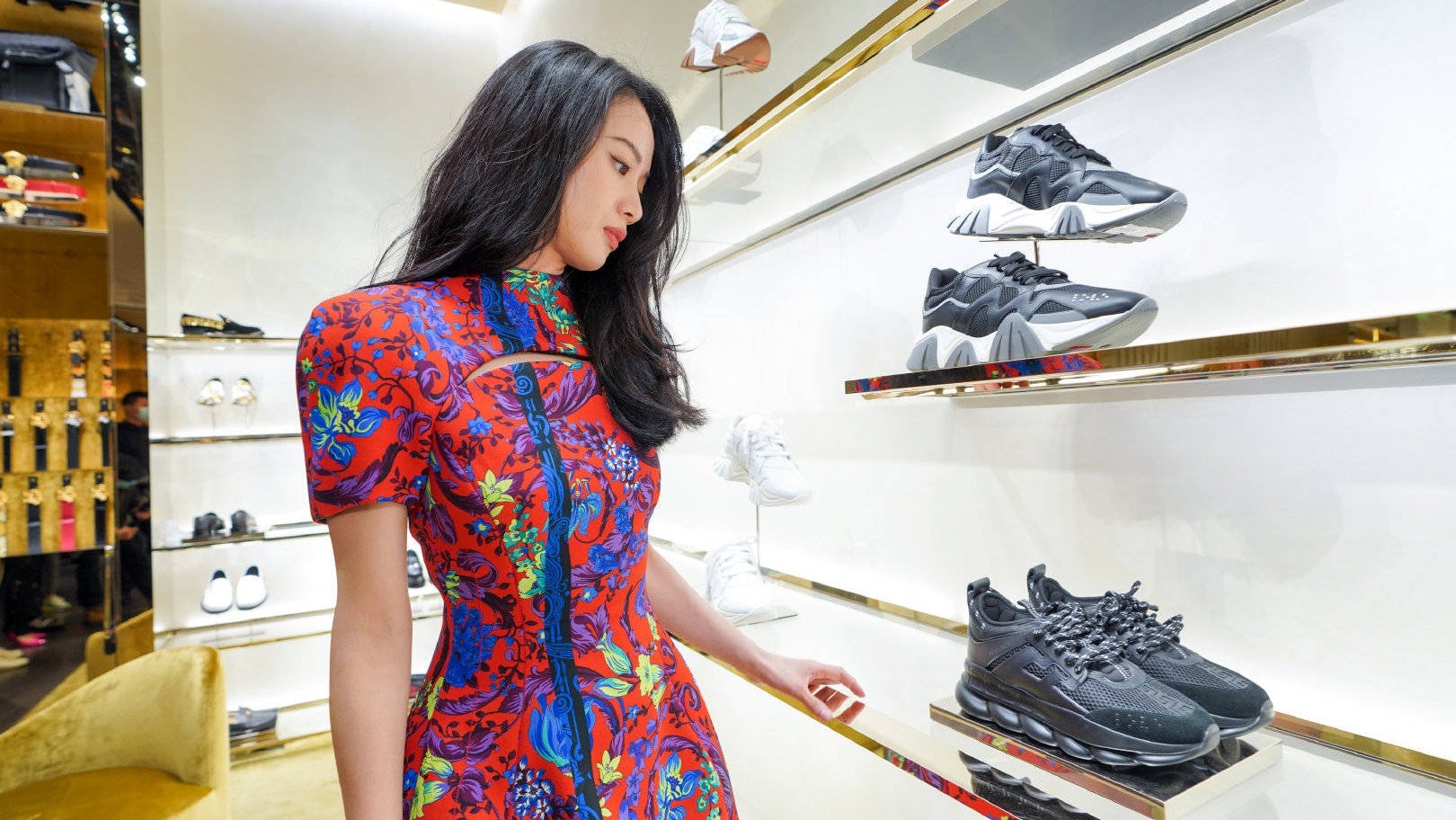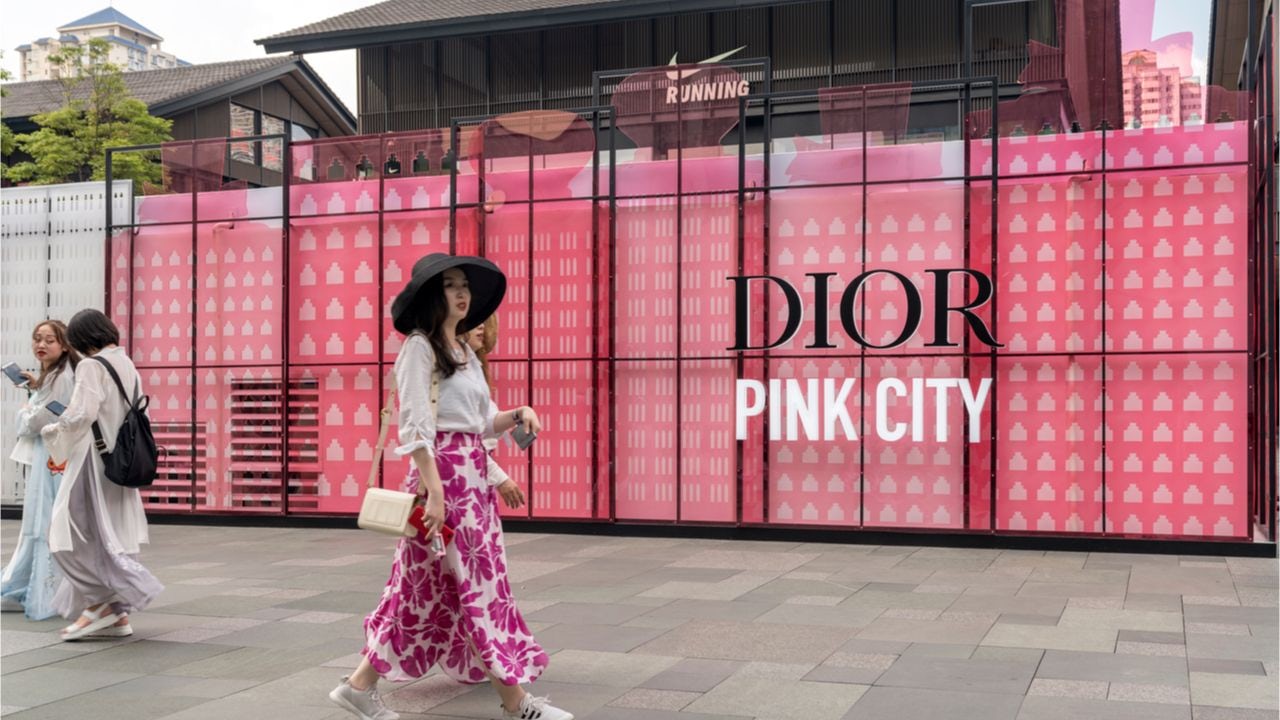Key Takeaways:#
The growing importance of the service sector in China’s economy has influenced its GDP, with the service industry’s share of the national economy increasing to 54 percent of the GDP in 2020 and providing 60 percent of its total economic growth.
The COVID-19 pandemic has precipitated the repatriation of wealth, with various Western countries imposing strict lockdowns and enforcing travel restrictions, forcing the Chinese to change their shopping habits.
But unfortunately, the actual driving forces of luxury consumption in China are debt-ridden Gen-Z and millennial shoppers (the debt-to-income ratio of China’s post-90s generation climbed to 1,850 percent in 2018).
China quickly went from an agrarian society to a manufacturing superpower — and more recently, to a technological powerhouse. The country’s economic rise has given a serious boost to Beijing’s bold efforts to create a mature service sector.
Government reports highlight the growing importance of the service sector in China’s economy, which has influenced its GDP. In 2020, the service industry’s share of the national economy increased to 54 percent of the GDP, providing 60 percent of the nation’s total economic growth, according to China Briefing.
Given these changes, let’s see how Beijing’s desire to create a sophisticated, consumption-driven economy could impact global luxury brands.
China’s fleeting trade surplus#
As a manufacturing superpower, China ran an “export-led” growth model, in which the country ran gigantic trade surpluses, saving colossal amounts of money parked in sovereign bonds or reinvested in overseas infrastructure projects like The Belt and Road Initiative. As such, those funds were not spent inside China, and the impact on the country’s domestic economy was limited.
The shift towards consumption and services-driven growth model indicates that the government wants to focus on domestic, "high-quality development." Naturally, Beijing is making “innovation as a national core strategy.” And it is prioritizing investments in key technologies and the digital economy.
It goes without saying that the new growth model is fairer, as it puts the Chinese citizen at its core. Additionally, it empowers domestic consumers, helping them to evolve and embrace more mature behaviors and beliefs. That generates confidence in the market and fuels consumer spending.
From a luxury perspective, brands should glorify this move because they gain access to a giant middle class that is becoming increasingly Westernized in its consumer behavior. The bottom line? Beijing’s policies have turned a nation of savers into big spenders that aren’t afraid to take on household debt to secure their luxury purchases.
The repatriation of Chinese luxury goods spending#
The COVID-19 pandemic has precipitated the repatriation of wealth. And with various Western countries imposing strict lockdowns and enforcing travel restrictions, the prodigal Chinese consumer has been forced to change his shopping habits. Instead of booking lavish travels to international destinations, those consumers have turned their attention towards the domestic market, supporting local brands and multinationals that had a strong footprint in China.
As such, duty-free sales and service revenue in Hainan skyrocketed in 2020. Bain & Company reports that by the end of October 2020, sales in Hainan were increasing at a rate of 98 percent. Luxury brands also reported record sales at their China flagships. According to Reuters, Prada announced that the group’s China sales jumped 60 percent in June and 66 percent in July. Meanwhile, the French luxury group LVMH stated that sales at Louis Vuitton and Dior stores in China more than doubled during some weeks.
Smart luxury brands generated interest and delivered profitable growth by focusing on the domestic market. And now, analysts predict that this positive trend will continue in the future.
As consumers continue to boost luxury consumption in China, Bain estimates China will become the world’s largest luxury market by 2025. All in all, China’s transition to a consumption-driven growth model is helping luxury brands increase profitability and generate high returns.
The challenge ahead#
Yet luxury brands shouldn’t underestimate the effects of income and wealth inequality. Nikkei Asia highlights the perils of mounting household debt and determines that, “although it may look like consumption is becoming a stronger driver of the economy, the wealthy are playing a disproportionate role.”
Indeed, the actual driving forces of luxury consumption are millennial and Gen-Z shoppers who are unafraid of debt. A 2018 HSBC survey shows that the debt-to-income ratio of China’s post-90s generation climbed to 1,850 percent. At the same time, additional dark clouds are slowly appearing on the horizon for the Chinese economy. The previous year marked a decline in personal consumption despite strong measures to boost domestic retail sales.
Ning Jizhe, the commissioner of the National Bureau of Statistics, said that consumption accounted for 54.3 percent of GDP in 2020. “That’s lower than 57.8 percent of GDP that was initially reported for 2019,” says CNBC.
All things considered, the luxury industry should celebrate China’s shift toward domestic, consumption-driven growth. But in these uncertain times, brands should move cautiously and keep their crisis management plans nearby.


